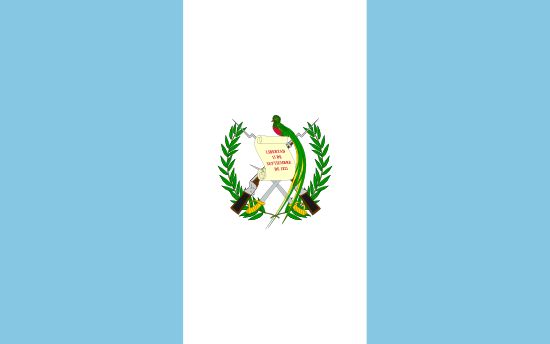

TECHNOLOGY TRANSFER OPPORTUNITY: Diminutive Assembly for Nanosatellite deploYables (DANY) (GSC-TOPS-36)
Process Number T2P-GSFC-00018
Dates:
T2P-GSFC-00018
Department/Ind. Agency:NATIONAL AERONAUTICS AND SPACE ADMINISTRATION
Sub-tier:NATIONAL AERONAUTICS AND SPACE ADMINISTRATION
General Information:
(UTC-04:00) EASTERN STANDARD TIME, NEW YORK, USA
Updated Published Date:(UTC-04:00) EASTERN STANDARD TIME, NEW YORK, USA
Original Published Date:2020-10-28 17:53:00
Original Response Date:Oct 28, 2021 05:00 pm EDT
Inactive Policy:15 days after response date
Original Inactive Date:Nov 12, 2021
Initiative:- None***--***
Classification:
9999 - MISCELLANEOUS ITEMS
NAICS Code:927110 - Space Research and Technology
Description:
NASA’s Technology Transfer Program solicits inquiries from companies interested in obtaining license rights to commercialize, manufacture and market the following technology. License rights may be issued on an exclusive or nonexclusive basis and may include specific fields of use. NASA provides no funding in conjunction with these potential licenses. THE TECHNOLOGY: SmallSats (i.e., mass below 500 kg) are increasingly becoming big business. More than 100 global organizations across academia, governments, and industry are involved in the development of SmallSats of the nanosat/microsat variety (i.e., mass of 1-50 kg). According to SpaceWorks, up to 2,750 such nanosats/microsats will be launched from 2014 to 2020. To extract the most utility from these small packages, peripheral parts of the satellite (e.g., solar panels, antennae, sun shades, etc.) are deployed after a small sat is positioned in orbit. Meanwhile, these "deployables" are restrained close to the small sat body until extended using a release signal and mechanism. SmallSat designers seek to employ restraints and release mechanisms of minimal size and weight, often placing each on the outside of the SmallSat structure. Surprisingly, "fishing line" (released via burn through) is often used to secure and release deployables. Vibrations and forces generated during launch can stretch the fishing line, thus allowing these precious deployables to become damaged or otherwise not release properly later on. While these small sats are less expensive than their larger counterparts, satellite owners must minimize the chance that deployables are damaged or that deployment is unsuccessful. Five years ago, engineers at NASA GSFC faced these SmallSat deployment challenges and knew a better way must exist to prevent equipment damage and ensure successful release. Investigating a host of designs to minimize size, weight, and cost while maximizing communication and mechanical reliability, NASA's engineers created DANY (the Diminutive Assembly for Nanosatellite deploYables). NASA's DANY technology uses spring-loaded metal pins, a reliable burn-through mechanism, efficient bracketing, and a circuit board - all within a 3.0" x 1.3" x 0.2" volume (smaller than a stack of 10 business cards) - to reliably stow and release deployables on command. Using DANY, stowed deployables are securely fastened using the spring-loaded locking pins. Upon receiving a deployment signal, a plastic restraining link is burned through which allows the spring-loaded pins to release the deployable and simultaneously trigger a switch to signal a successful deployment event. To express interest in this opportunity, please submit a license application through NASA’s Automated Technology Licensing Application System (ATLAS) by visiting https://technology.nasa.gov/patent/GSC-TOPS-36 If you have any questions, please e-mail NASA’s Technology Transfer Program at Agency-Patent-Licensing@mail.nasa.gov with the title of this Technology Transfer Opportunity as listed in this beta.SAM.gov notice and your preferred contact information. For more information about licensing other NASA-developed technologies, please visit the NASA Technology Transfer Portal at https://technology.nasa.gov/ These responses are provided to members of NASA’s Technology Transfer Program for the purpose of promoting public awareness of NASA-developed technology products and conducting preliminary market research to determine public interest in and potential for future licensing opportunities. No follow-on procurement is expected to result from responses to this Notice.
Attachments / Links:
| Document | Size | Updated date | Download |
|---|
Contact Information:
US
Primary Point of Contacts:NASA’s Technology Transfer Program












